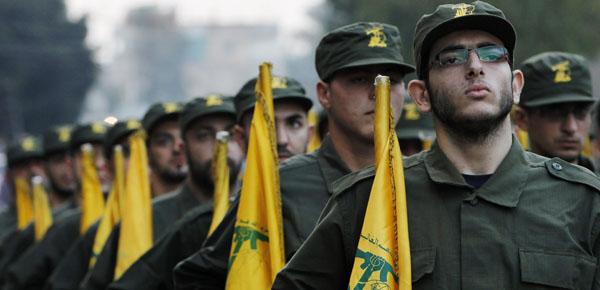
Six Months of Hezbollah Fire Keeps Uprooted Israelis in Limbo
From a temporary seaside abode in northern Israel, Shay and Reut Hanegbi can hear the explosions when missiles are fired from Lebanon towards their hometown on the border, only four miles (6 km) away.
They are among around 60,000 Israelis still uprooted from the small frontline communities since October, when the powerful militia Hezbollah began attacking from Lebanese hilltop villages and forest hideouts.
One rocket fell in their backyard, said Reut, 38, holding their newborn girl Alex in the flat they are renting. It is their fourth dwelling since October. Alex’s 11-year-old sister has moved school three times in that period.
Iranian-backed Hezbollah started firing at northern Israel a day after Palestinian group Hamas’ Oct. 7 shock attack in the south of the country. Communities 2 miles away from the Lebanese border were hastily evacuated.
The Hanegbis expected their evacuation to last a few weeks at most. But as Israel presses its offensive against Hamas in Gaza, it has been trading fire with Hezbollah almost daily.
“It has ended up going on and on. You don’t see the end,” Shay said.
Many homes and farms have been destroyed by guided anti-tank missiles launched from within Lebanon. The airstrikes, shelling and rockets have marked the worst fighting on the Israel-Lebanese front in almost two decades. Although it has not amounted to a war, it risks becoming one, fast.
Just on Monday, an Israeli strike in Damascus killed two Iranian generals and five military advisers, including at least one Hezbollah member, according to two Lebanese sources, in a high-stakes attack that has drawn an Iranian vow of revenge.
All the while, Israeli ground forces have been preparing for a potential invasion of Lebanon, the military top brass say, warning that devastation from the accompanying air barrage would dwarf that suffered by the neighbouring country in the 2006 war.
Such rhetoric may be aimed at energising U.S.-mediated de-escalation talks that have limped along, with several deadlines floated for a diplomatic resolution passing unmet.
For the displaced, this means uncertainty about education and employment and no clarity on when they can go back home.
“We feel adrift, left half in, half out,” said Shay.
“WE WERE NEXT”
The problem with returning home is not just the missiles that have so far killed at least 18 people, soldiers and civilians.
It is the danger of Hezbollah carrying out a similar attack to that of Hamas, whose gunmen burst into Israel, killed 1,200 people in their homes, on army bases, along roads and at an outdoor rave, and seized 253 hostages, including children.
“I felt like we were next,” said Natalie Levy, 29, displaced with her husband and two young children from Liman, 2 miles from Lebanon. Frozen with fear, she said, it took a day to get a grip and leave.
Hezbollah had been signalling it was preparing such an assault for years, said a senior Israeli official who requested anonymity due to security sensitivities.
“What we saw in the south on October 7 was basically Hamas ‘stealing the thunder’ from Hezbollah,” said the official.
“If anything, Hezbollah is more of a border threat than Hamas was,” the official said, because its attack plan has twice as many elite fighters penetrating far deeper into Israel.
It is a danger Israel says it cannot accept. Its leaders are intent on pushing Hezbollah back from the border. The question is how. On Sunday, Prime Minister Benjamin Netanyahu told reporters that force was not his first choice.
“I prefer to do this diplomatically, if possible. But if not, then we will do it by other means. I’d rather not share operational or scheduling details with our enemies,” Netanyahu said, promising eventual safe return for the displaced.
But though she misses her home in Kibbutz Matsuva, Sarit Oved said sadly that she will not go back as long as she feels her children would be unsafe.
“I don’t want any more loss of life, on either side,” she said.
Across the border, in southern Lebanon, around 90,000 people have also been displaced. Israel’s shelling has killed around 270 Hezbollah fighters and around 50 civilians. In Gaza, most the 2.3 million population has been uprooted with much of the enclave laid to waste and around 33,000 people dead.
“The people of Gaza that are not involved in terror are going through a very hard time. And my heart is with them,” said Levy. “But my heart is also with the people of Israel who are also going through a hard time.”
Source » usnews





